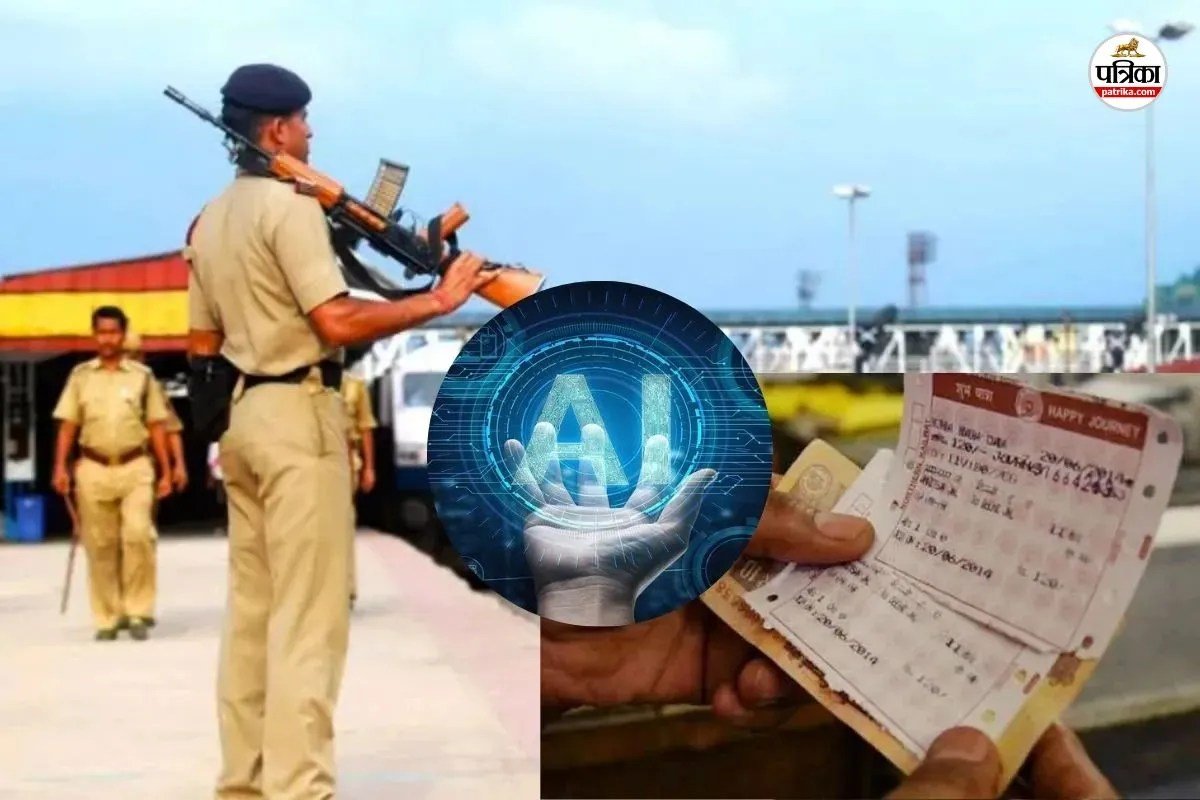
Rajasthan: Trains to Self-Diagnose Faults with Generative AI
In the early hours of a cool, misty morning in Rajasthan, a group of engineers gathered at the Ajmer railway station, a historic hub in India’s sprawling railway network. As the sun rose, their laptops began to hum, connecting to devices onboard the trains that would soon ferry thousands across the arid landscapes. This was not routine maintenance – it was a glimpse into the future of railway technology, where trains could self-diagnose and predict faults using the power of generative AI and machine learning.
AI: The New Conductor of Rail Safety
According to reports from Patrika English News, Indian Railways has embraced AI and ML to enhance three critical aspects: safety, efficiency, and inspection. The initiative marks a pivot from traditional practices to a digital-first approach. This revolution is powered by generative AI systems that can analyze vast amounts of data in real-time, providing actionable insights to preempt and rectify potential technical failures.
The Data Driving Change
The implementation of AI in Rajasthan’s rail system is backed by substantial data collection and analysis. Each train is equipped with a multitude of sensors that constantly relay data regarding track conditions, train speed, engine performance, and more. All this information is fed into generative AI models that can predict equipment failures and suggest maintenance schedules before issues escalate into critical failures.
Trends in Railway Technology
The incorporation of AI in railways is not solely confined to India. A global trend is emerging where leading nations are leveraging AI for enhanced operational efficiency and safety. For instance, according to TechCrunch, rail operators in Japan and Germany have also begun integrating similar AI systems to monitor train conditions, reducing the frequency of breakdowns and securing passenger safety.
Industry Opinions
Many experts from the tech industry believe that this AI-driven approach is a game-changer for railways worldwide. An executive from a leading AI firm stated in an interview with The Verge that, “The potential of AI in predictive maintenance is enormous. By preemptively diagnosing faults, we’re looking at significant cost reductions and improved safety records.”
Comparative Analysis
| Country | AI Implementation | Key Benefits |
|---|---|---|
| India | Generative AI for self-diagnosing trains | Improved safety, reduced maintenance costs |
| Japan | AI in predictive maintenance | Increased punctuality, enhanced passenger experience |
| Germany | AI for operational efficiency | Reduced breakdowns, optimized energy consumption |
The Road Ahead
As the world paces into a tech-driven future, the fusion of AI and traditional industries like railways presents both opportunities and challenges. There’s an ongoing debate about the extent of automation, with Gizmodo highlighting the potential risks of over-reliance on automated systems. Despite these concerns, the integration of AI in Rajasthan’s trains is a testament to India’s commitment to modernization and safety, aligning with global efforts to innovate transportation.
Conclusion: A Call to Action
As the dawn of AI-driven railways breaks, tech enthusiasts and industry professionals alike must rally for sustainable and ethical tech development. The narrative of Rajasthan’s railways serves as an inspiration: a beacon for how traditional sectors can blend with cutting-edge technology for a safer, more efficient future. For those interested in delving deeper, resources from leading publications, such as The Verge and TechCrunch, offer further insights into the ever-evolving world of AI in transportation.


